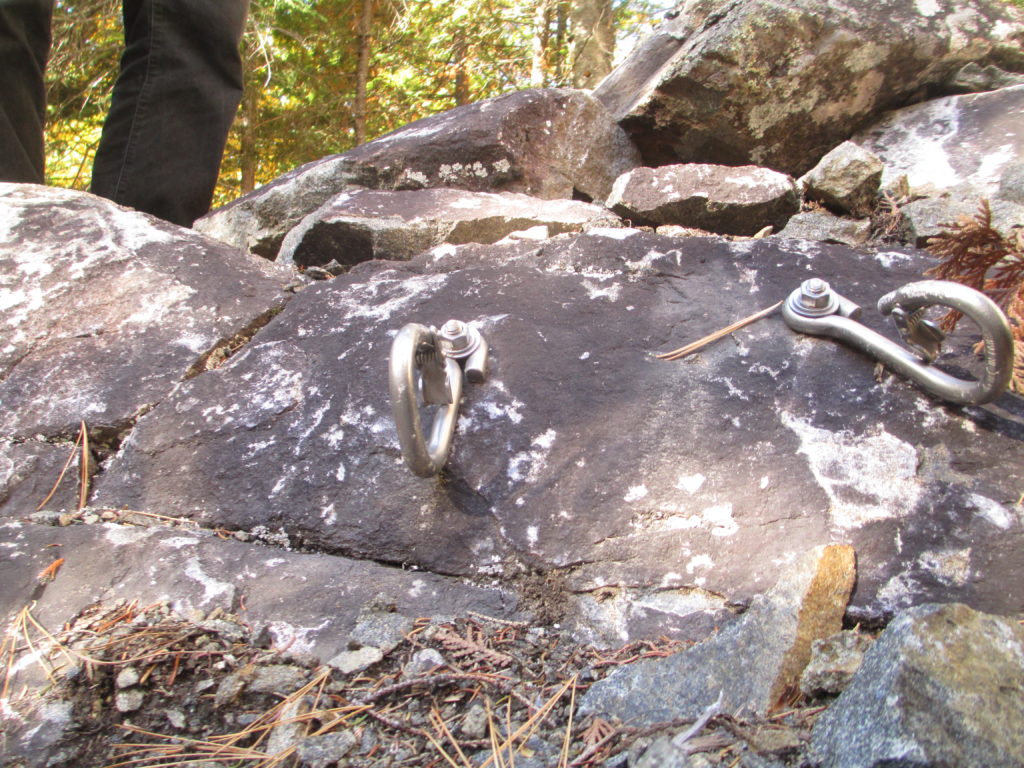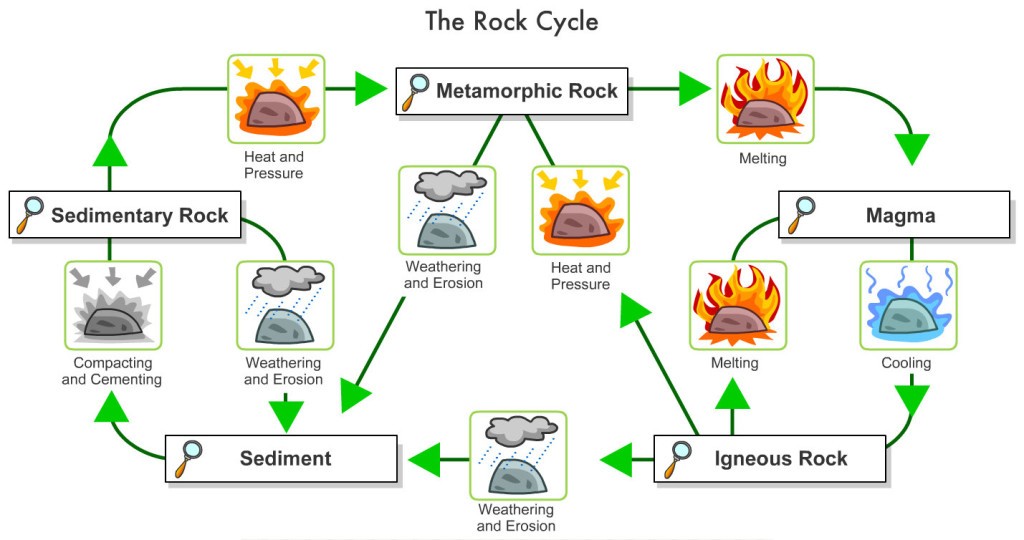Freeze/Thaw and Loose Rocks

This is a friendly reminder and heads up to keep an eye out for loose rock this spring and wear a helmet.
In Canada, we are lucky because we still get four amazing seasons, each filled with distinctive weather patterns. In winter, everything freezes, even the water within the rock. Water expands in cracks, pockets, holes, slots, chimneys, pods, and just about anywhere, even within tiny breaks which the eye cannont see. This expanding forces the rock apart, breaking and cracking it. In limestone, where countless cracks and fissures exist, a cold winter can mean the end to a once-solid piece of stone. The effects in more solid rock such as granite or quartzite is less destructive.
This freeze/thaw cycle can be potentially dangerous. Every spring, freshly loosened/fractured rock waits to fall, sometimes wind or rain can help it along, other times climbers knock it off. Solid route from last year can shed rock this year. Ledges will have pebbles and dust from the winter, be careful when throwing for a suspect hold.
If you do knock rock off or see a rock falling, call “ROCK!” to warn anyone in the area. If you hear “ROCK!” tuck against the cliff, keep an eye, get out of the way.
Throwing ropes to rappel or pulling ropes to clear the route can also knock rocks down, call “ROPE!”




